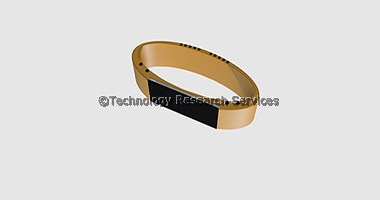


Respiratory disorders play a critical role in human health, impacting breathing efficiency and overall well-being. From asthma and chronic obstructive pulmonary disease (COPD) to respiratory infections like pneumonia, these disorders can severely compromise lung function, leading to symptoms such as shortness of breath, coughing, and wheezing. Beyond their immediate effects on individuals, respiratory disorders pose significant societal burdens, contributing to healthcare costs, absenteeism, and reduced productivity. Addressing respiratory health is thus paramount, not only for improving quality of life but also for mitigating the broader economic and public health implications associated with these conditions.
Learn more about technologies we’ve design based on this research >> TRS Wireless Acoustic Respiratory System (WARS)

Post-traumatic stress disorder (PTSD) holds profound significance as it profoundly affects individuals who have experienced trauma, disrupting their mental and emotional well-being. It can manifest through intrusive memories, flashbacks, hypervigilance, and avoidance behaviors, severely impacting daily functioning and quality of life. Beyond the individual level, PTSD carries societal implications, influencing relationships, work performance, and overall community well-being. Addressing PTSD involves not just treating symptoms but also fostering understanding, empathy, and support systems to aid in healing and rehabilitation with headphone-related accidents.
Learn more about technologies we’ve design based on this research >> StressPod Analyzer (SPA)

Safely using headphone devices is crucial for preventing tragic accidents, particularly those involving trains. Instances of individuals wearing headphones and failing to hear oncoming trains highlight the importance of situational awareness and responsible headphone usage. By being immersed in music or other audio content, individuals may inadvertently block out environmental sounds, including warning signals or approaching vehicles. This underscores the necessity of exercising caution and maintaining awareness of one’s surroundings when using headphones, especially in potentially hazardous environments such as near railway tracks or busy streets. Prioritizing safety by keeping headphone volume at a reasonable level, using noise-cancelling features judiciously, and staying vigilant can significantly reduce the risk of injury or death associated with headphone-related accidents.
Learn more about technologies we’ve design based on this research >> Emergency Audio Responder (EAR)
